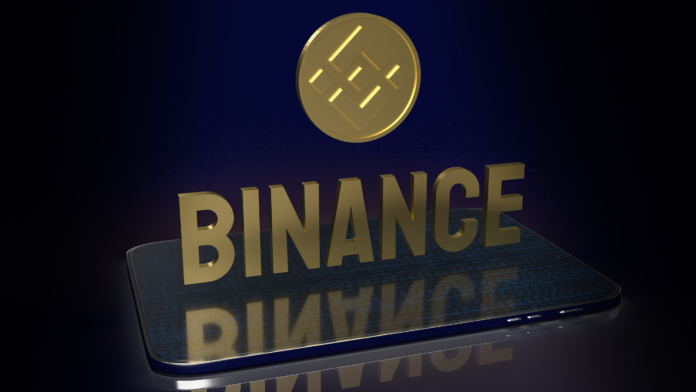Binance, a titan in the crypto exchange market, recently launched a copy trading service for spot crypto contracts, marking a significant expansion of its trading features. This update allows users, from novices to seasoned traders, the opportunity to mirror the trading strategies of experienced market participants. This strategic move by Binance aims to democratize trading success and simplify the investment process by enabling less experienced users to benefit from the market acumen of veteran traders. However, the introduction of this feature coincides with a tumultuous period for the exchange, as it also recorded a massive $1.9 billion in withdrawals over the past 24 hours, the largest daily outflow since June of the previous year.
The juxtaposition of these two significant events paints a complex picture of Binance’s current landscape. On one hand, the introduction of copy trading could be seen as an innovative push to attract a broader user base and engage customers more deeply. Copy trading is not a new concept in financial markets; it has been effectively employed in various platforms that deal with everything from forex to stocks, allowing users to mimic the positions taken by individuals whose trading strategies they trust.
The potential benefits of copy trading are substantial. For one, it reduces the entry barrier for new traders who can participate in the market without the need to develop expert-level knowledge or the capacity to analyze vast amounts of market data. Additionally, it can add a layer of risk management for novice traders by enabling them to leverage the expertise of established players. Moreover, for the experts whose trades are being copied, there can be an incentive structure, usually in the form of a commission from the profits earned by their followers, thereby creating a symbiotic ecosystem within the platform.
On the other hand, the record withdrawal figures suggest a different narrative, one of significant capital flight which could indicate underlying concerns about the platform’s stability or about broader market conditions. High withdrawal volumes are often a sign of user uncertainty or dissatisfaction with a platform, or they could result from broader economic pressures, regulatory concerns, or significant shifts in the cryptocurrency market dynamics. For Binance, which has faced scrutiny from regulators in various countries, these withdrawals could also reflect a growing cautiousness among its user base.
This period of high withdrawals may test the resilience and operational capacity of Binance. In the past, other exchanges have faced liquidity crises as a result of similar challenges. However, Binance has repeatedly assured its users of its robust capital reserves and operational integrity. The platform’s ability to manage such a vast outflow in a controlled and stable manner is likely to reassure investors of its resilience against potential financial turbulence.
The simultaneous roll-out of the copy trading feature could be strategically timed to counterbalance the negative optics of the withdrawals. By offering new and potentially lucrative trading options, Binance might be aiming to both retain existing customers and attract new users. The appeal of potentially enhanced earnings through copy trading might encourage more deposits and trading activity, thereby mitigating the impact of the withdrawals.
As Binance navigates these complex waters, the broader implications for the cryptocurrency market are also worth considering. The introduction of more user-friendly trading options like copy trading could spur wider adoption of cryptocurrency trading. However, the market will also be watching closely to see how Binance manages regulatory challenges and market fluctuations that could affect its operations and user confidence.
While Binance’s new copy trading feature presents an appealing prospect for user engagement and market expansion, the record withdrawal activity raises questions about the platform’s immediate challenges. How Binance manages these dual narratives will be crucial in shaping its future in the highly competitive and rapidly evolving cryptocurrency exchange landscape.


